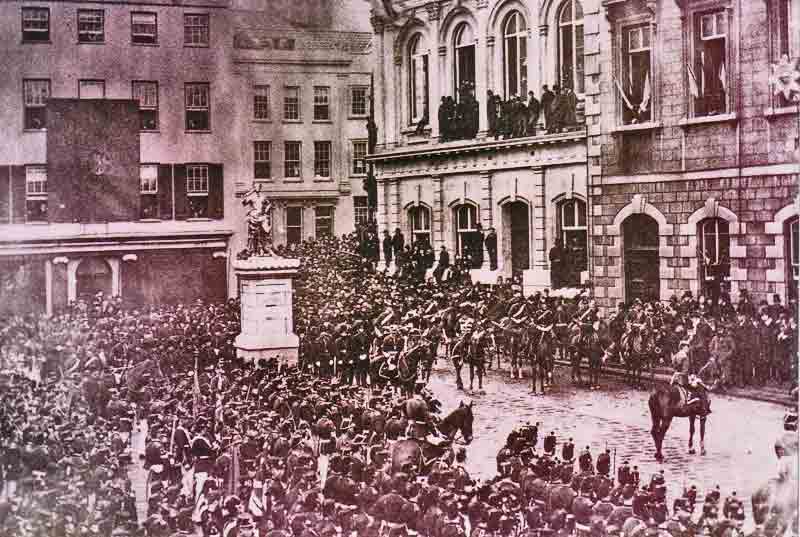
In my opinion, the future of St Helier needs to be more diverse and cultural to allow it to be a place originality and authenticity . I would like to see more art e.g. galleries and public murals so St Helier could be known as a place of identity and atmosphere, which could also attract tourists as well as make St Helier a better place to live. Some parts of St Helier do keep Jersey tradition and heritage which contrast with the development of modern offices and constructions, going from one extreme to another, creating a mismatched style of buildings throughout the town. Going from extreme quiet to business could make it a hard place to live and visit. The future of St Helier could include sustaining more of the history of jersey through modern buildings and not losing jersey heritage as it still needs to grow and develop. The architecture within St Helier could develop and be more original to Jersey creating a stand out building only only seen in Jersey to attract more tourists. It could also focus on creating more of a sense of community for the people who live there, creating more community areas and open spaces, as well as more social areas for the youth.
Masterplan

A masterplan is a 5 year project (2016 – 2020) using photography, film and archival research to tell the story of Jersey’s economic growth and development in the twentieth and twenty-first centuries. It is about making the connection between buildings, social settings, and their surrounding environments. A master plan includes analysis, recommendations, and proposals for a site’s population, economy, housing, transportation, community facilities, and land use. It is based on public input, surveys, planning initiatives, existing development, physical characteristics, and social and economic conditions.
The island of Jersey is one of the world’s leading offshore International Finance Centres. In the second half of the twentieth century Jersey’s economy has experienced a radical transformation from one based upon agriculture and tourism to a financial services industry which today commands over 50% of total economic activity. 104,000 people live in Jersey in 2017 and over 13,000 islanders are employed within the finance sector.
History of St. Helier
Saint Helier is one of the twelve parishes of Jersey, the largest of the Channel Islands in the English Channel. St Helier has a population of about 33,500 and is roughly 34.2% of the total population of Jersey. The parish covers a surface area of 4.1 square miles, being 9% of the total land area of the Island (this includes reclaimed land area of 494 acres
18th century
Until the end of the 18th century, the town consisted chiefly of a string of houses, shops and warehouses stretching along the coastal dunes either side of the Church of St Helier and the adjacent marketplace (since 1751, Royal Square). La Cohue (a Norman word for courthouse) stood on one side of the square, now rebuilt as the Royal Court and States Chamber (called collectively the States Building). The market cross in the centre of the square was pulled down at the Reformation, and the iron cage for holding prisoners was replaced by a prison gatehouse at the western edge of town.

This picture shows the grand ceremony held in the Royal Square in 1881 to commemorate the 100th anniversary of the Battle of Jersey. It shows the Square in very early years, before it was surrounded by buildings; at the end of the 18th century; throughout the 19th century when major chages were made to the buildings on the east of the Square, gradually expanding the line of government buildings; and into the 20th century.

20th century
In the 1960s, income from the Jersey States Lottery was used to excavate a two-lane road tunnel under Fort Regent, enabling traffic from the harbour to the east coast towns to avoid a torturous route around the fort. About the same time, the Fort was converted into a major leisure facility and was linked to the town centre by a gondola cableway – closed and demolished in the 1990s. n 1995, to celebrate the 50th anniversary of Jersey’s liberation from Nazi occupation, and thus 50 years of peace, a sculpture was erected in what is now called “Liberation Square”, in front of the Pomme d’Or Hotel, the focal point for the celebrations when the island was liberated.


